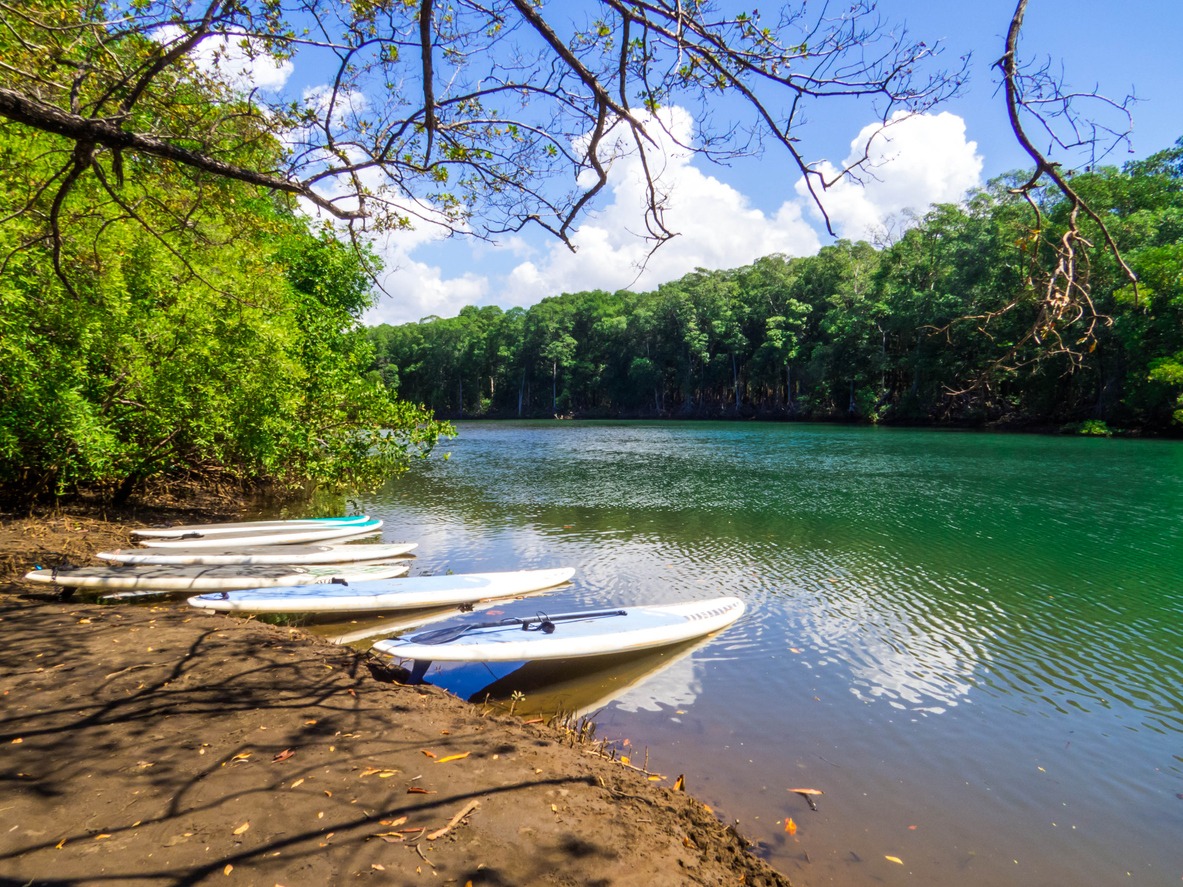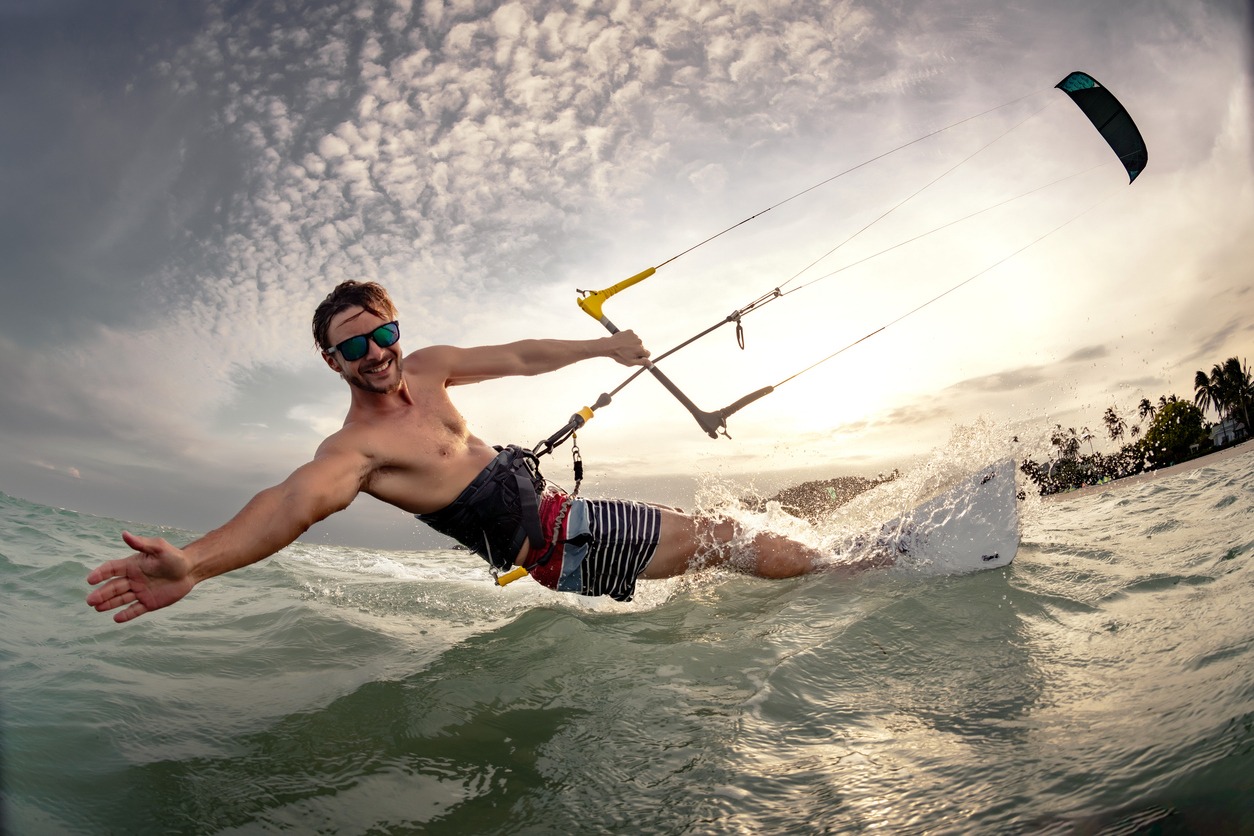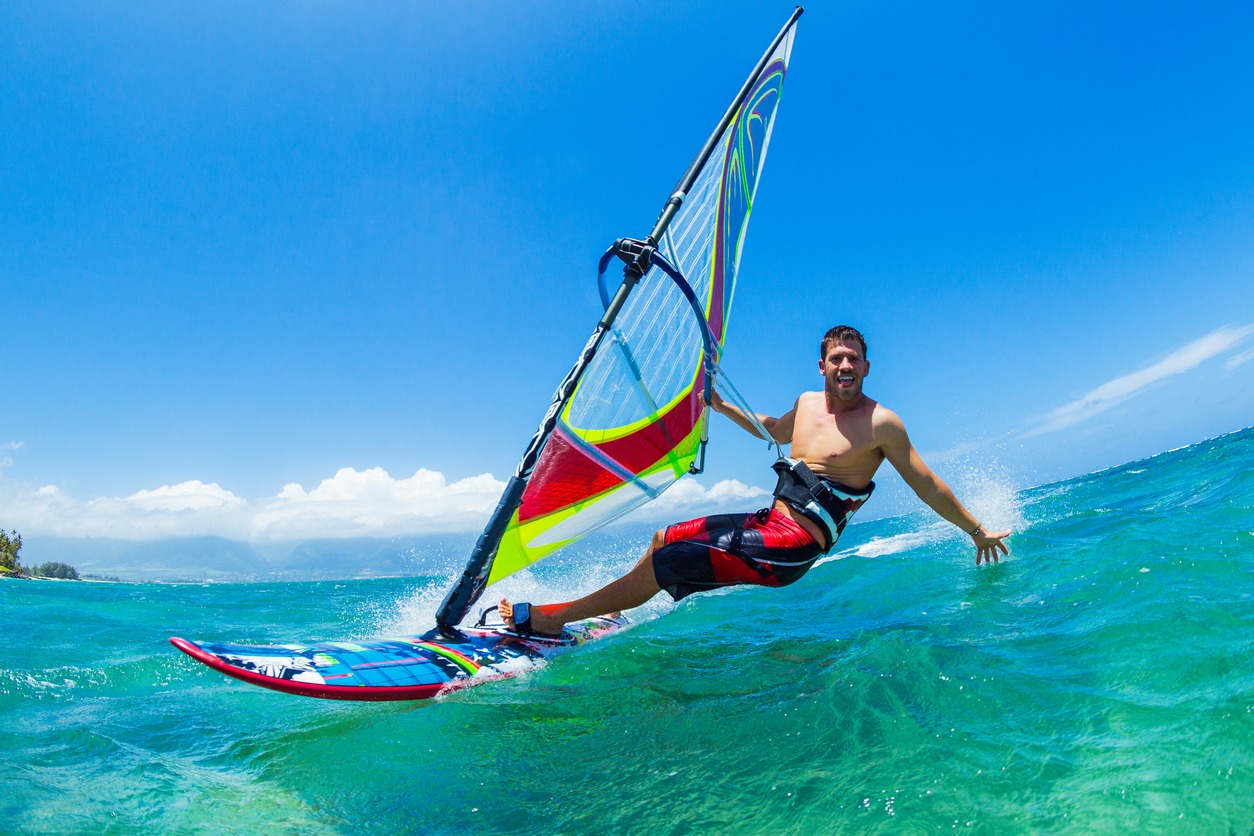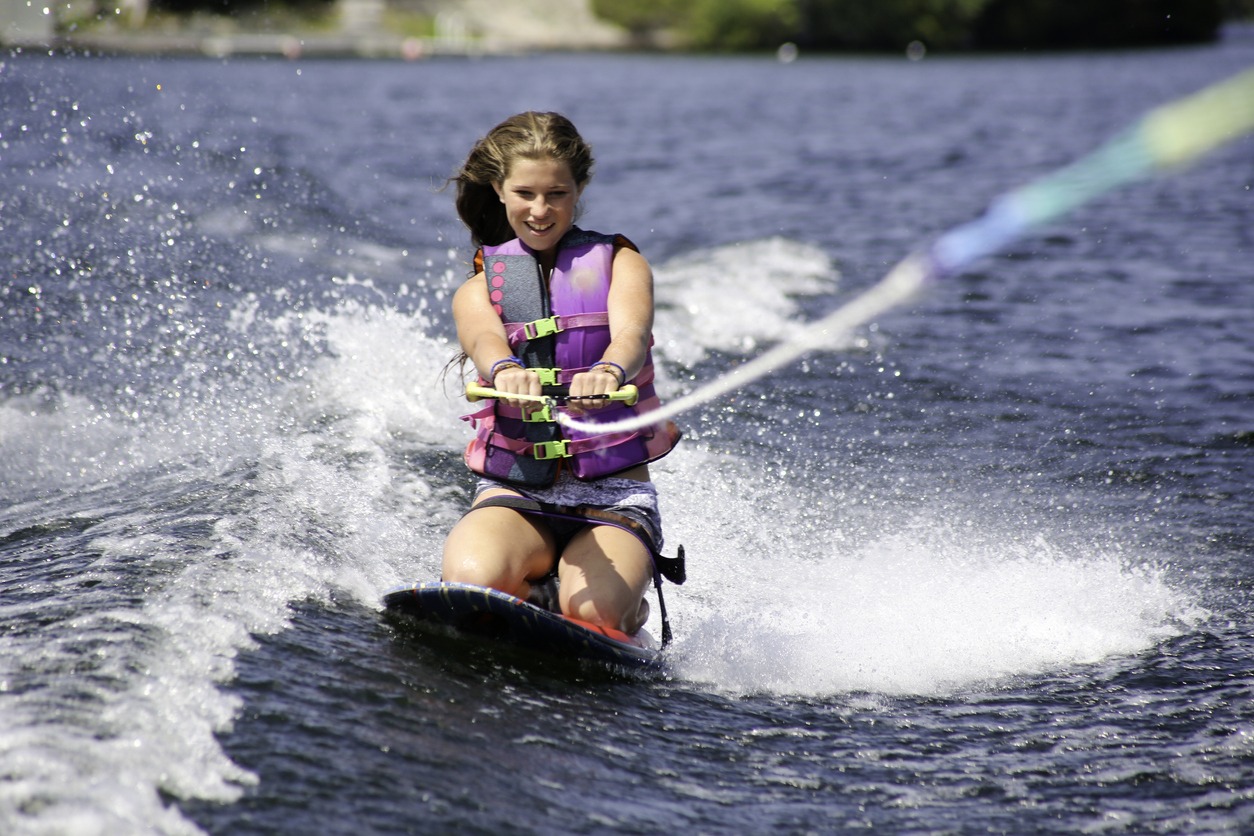How to Get Started With Skimboarding: a Beginner’s Guide
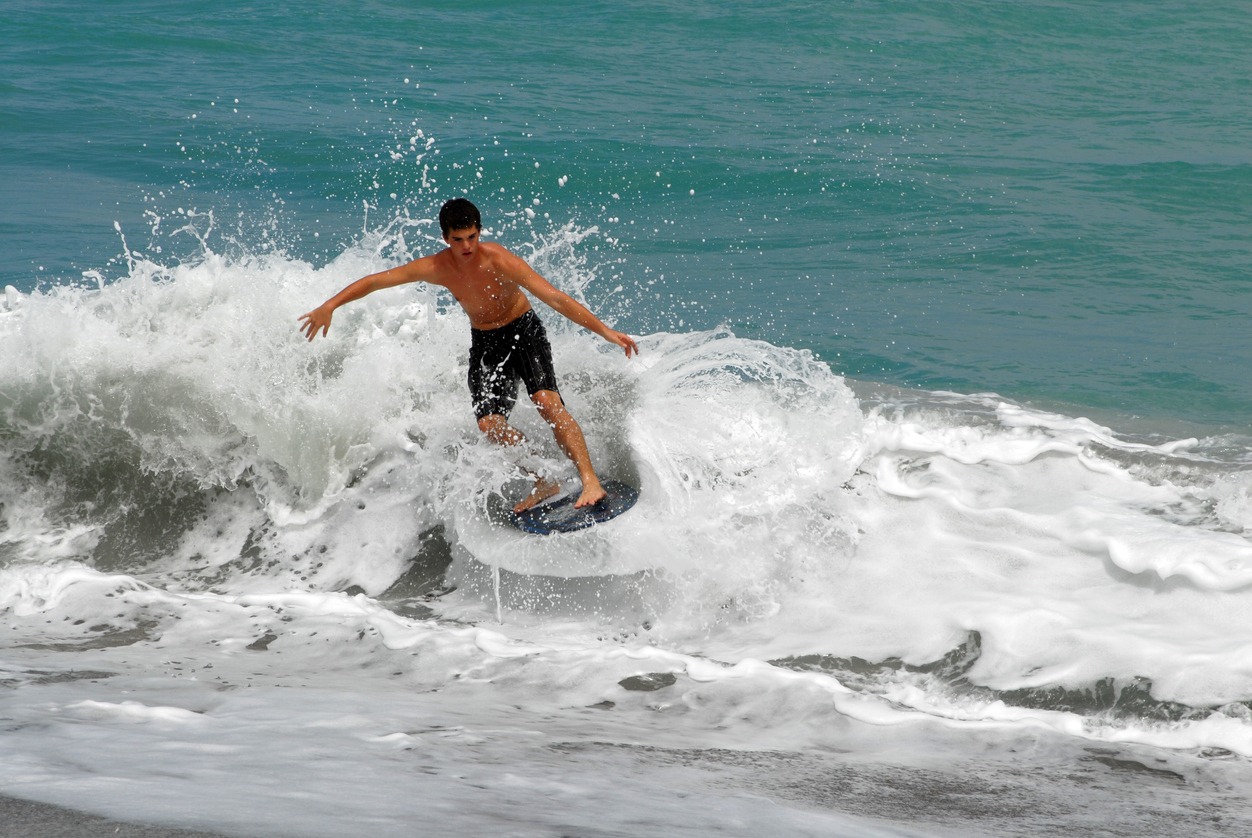
To get started with skimboarding, choose the right board for your skill level and intended use. Wooden boards are great for sand skimming, while foam boards excel at wave riding. Invest in essential gear like a helmet, pads, and wetsuit for safety. Find suitable locations with gentle slopes and favorable wave conditions. Practice proper stance and body positioning, maintaining a balanced, forward-leaning posture with bent knees. Become proficient in basic techniques like board throwing, mounting, and riding. Always follow safety precautions and beach etiquette. Avoid common mistakes such as rushing into advanced maneuvers too quickly. With patience and practice, you'll be gliding across the sand and catching waves in no time.
Choosing the Right Skimboard
When you're just starting out with skimboarding, choosing the right board is crucial. Consider your intended use and skill level when selecting a skimboard. For beginners, it's best to start with a less expensive, entry-level board before upgrading to a higher-performance model as your skills improve.
Wooden skimboards are generally better suited for sand skimming and are more affordable, typically costing around $100. If you're planning to venture into the water, foam boards are more suitable due to their lightweight and curved design. These boards range from $200 to $600 and are better for wave skimming.
The size and shape of your board also matter. For sand skimming, opt for a smaller, flatter board. If you're aiming to skim on water, choose a larger, more curved board that can handle waves. The front of the board should be slightly curved to help you glide smoothly over the water's surface.
Essential Gear and Equipment
To get started with skimboarding, you'll need more than just a board. Essential gear and equipment play a vital role in ensuring your safety and enhancing your performance on the sand or in the water.
First and foremost, invest in protective gear. A helmet is a must, especially when you're learning or attempting advanced maneuvers. Pads for your knees and elbows will help cushion falls on wet sand or hard surfaces. If you're planning to ride in colder waters, a wetsuit will keep you warm and provide additional protection.
Improving leg strength, running speed, and cardiovascular fitness is imperative for the sport's physical demands. To improve your grip and control, consider applying wax or traction pads to your board. These additions are particularly helpful for your front foot placement, giving you better stability as you skim across the sand or water.
Don't forget about proper storage for your skimboard. Keep it in a cool, dry place to prevent warping or damage. This will extend the life of your board and maintain its performance.
Lastly, choose your board wisely based on your intended use. For sand skimming, a wooden board around $100 might suffice, while water skimming enthusiasts should opt for a lightweight foam board, which can cost between $200 and $600.
Finding Suitable Skimboarding Locations
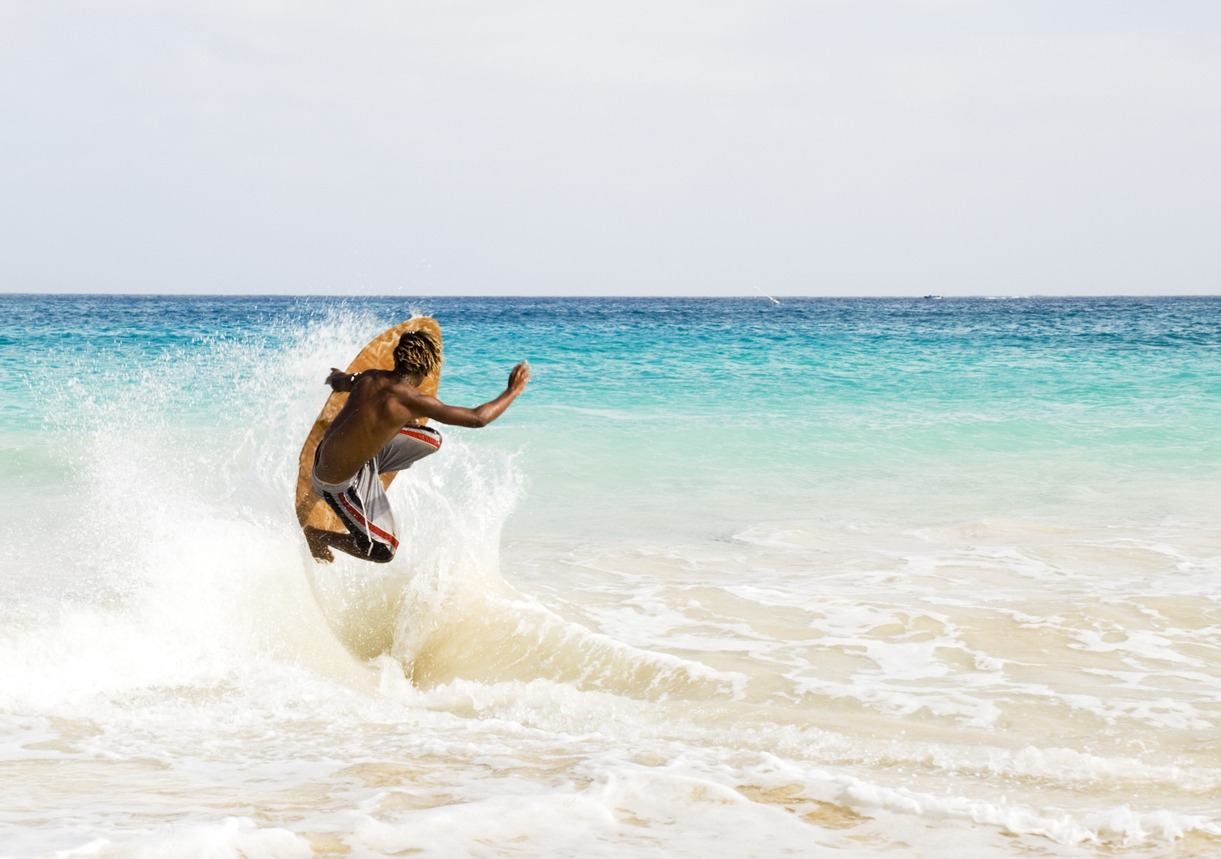
Now that you've got your gear sorted, it's time to find the perfect spot to practice your skimboarding skills. Look for flat, gently-sloping beaches with firm, wet sand and minimal wave action. These conditions are ideal for beginners, allowing you to focus on sand skimming close to the shore before progressing to wave skimming.
When searching for suitable locations, keep these key factors in mind:
- Avoid beaches with steep slopes, deep water, rocky terrain, or strong currents
- Observe tide levels and wave patterns before attempting to skim
- Check local regulations and be mindful of other beach users
Popular skimboarding destinations include San Diego, California, as well as beaches in Florida and England. However, you don't need to travel far to find a good spot. Look for local beaches that meet the criteria for safe and enjoyable skimming. Possum Kingdom Lake in Texas is another popular cliff diving destination that could potentially work for skimboarding with its range of cliffs and lake waters.
Before heading out, always assess the beach conditions. This will help you determine whether it's safe to skim and which techniques to practice. As you gain confidence, you can gradually move from sand skimming close to the shore to more advanced wave skimming techniques further out in the water.
Proper Stance and Body Positioning
With your feet firmly planted on the skimboard, commanding the appropriate stance and body positioning is essential for a triumphant ride. Start by maintaining a balanced, forward-leaning posture with your knees bent and weight centered. Position your leading foot near the front of the board and your back foot towards the rear for ideal stability and control.
Keep your shoulders square and eyes focused on the horizon to maintain proper body alignment. Engage your core muscles to enhance stability throughout the ride. As you glide across the water's surface, adjust your arm positioning to help with balance, momentum, and directional command.
Remember to distribute your weight evenly across both feet, ensuring they're firmly in place on the skimboard. This will help you maintain control and maneuverability as you traverse the shoreline. As you gain experience, don't be afraid to experiment with different body postures and foot placements. This will help you find the most comfortable and effective stance for your skill level and riding style.
Basic Skimboarding Techniques
Mastering the essentials of skimboarding is paramount for novices seeking to ride the waves with assurance. To begin, you'll need to time your board throw correctly. As the wave recedes, drop your board flat and parallel to the shoreline. This technique allows for a longer ride and better control.
Next, focus on your approach and mounting technique. Run towards the board with speed, placing one foot on the front followed by the other. This swift motion helps you catch and ride the board effectively. Remember to maintain a forward-leaning stance, keeping one hand on the back tail and the other on the side rail for proper balance and control.
Once you're on the board, it's vital to:
- Shift your weight to maintain balance
- Adjust your stance as needed
- Aim to ride the wave back as far as possible
As you practice these techniques, you'll gradually improve your ability to ride the wave back to shore. Keep in mind that skimboarding requires patience and persistence. With consistent practice, you'll soon find yourself gliding across the water with increased confidence and skill.
Safety Precautions and Etiquette
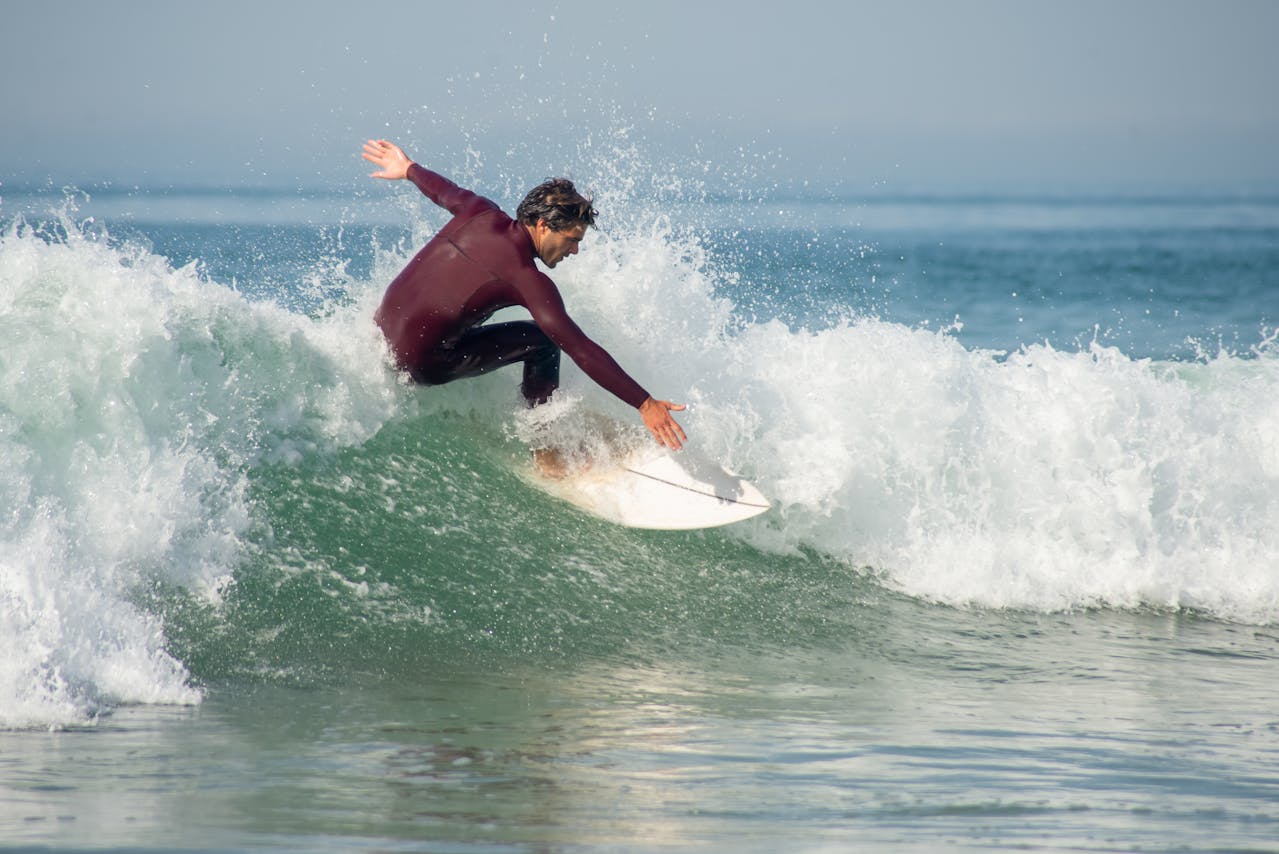
While skimboarding can be exhilarating, it's fundamental to prioritize safety and follow proper etiquette. Before you hit the beach, make sure you're equipped with appropriate protective gear. Wear a helmet to protect your head, pads for your knees and elbows, and a wetsuit if needed. These items will help minimize the risk of injuries as you learn and progress in your skimboarding odyssey.
When choosing a spot to skimboard, be mindful of potential hazards. Avoid areas with strong currents, dangerous rocks, or other obstacles that could pose a safety risk. Always be aware of your surroundings and respect other beach users. Give them plenty of space and don't interfere with their activities.
As a beginner, it's pivotal to start slowly and gradually build up your skills. Don't attempt advanced maneuvers until you've conquered the basics, ensuring a safe and controlled experience. Remember to follow local beach regulations and guidelines to practice responsible skimboarding.
Common Mistakes to Avoid
Enthusiasm for a new sport can sometimes cloud judgment, leading beginners to make common mistakes in skimboarding. One of the most essential errors is rushing into wave skimming without first mastering sand skimming techniques. This can result in frustrating falls and potential injuries, hindering your progress and enjoyment.
Proper board selection is essential for successful skimming. Using the wrong type of board for your chosen surface can significantly hinder your performance. Remember to use:
- Wood boards for sand skimming
- Foam boards for water skimming
- The right size board for your weight and skill level
Don't overlook the importance of waxing your board correctly. Failing to do so can lead to poor grip and control, making it challenging to maintain balance and execute maneuvers. As you progress, resist the temptation to attempt advanced tricks too early. Focus on building a solid foundation of basic skills before tackling more complex stunts.
Lastly, pay attention to your form. Avoid using just one hand to hold the board, as this can strain your back muscles. Instead, use both hands and engage your back tail for better control and stability during skimming.
Progressing to Wave Skimming
Once you've perfected sand skimming, it's time to take your skills to the water. Transitioning to wave skimming requires excellent timing and board control to catch and ride the waves effectively. As you approach the powerful shore break, focus on anticipating wave patterns and adjusting your board angle accordingly.
To glide across the water successfully, become proficient in key techniques like backside wraps, weight shifting, and knee bending. These skills will help you maneuver the skimboard on the water with precision. Experiment with different stances and foot placements to enhance your stability and control while riding waves.
Keep the front of the board slightly raised as you transition from sand to water, allowing you to smoothly skim across the surface. As you gain confidence, practice timing your approach to coincide with incoming waves, maximizing your ride time.
Maintenance and Care Tips
Proper maintenance and care are crucial for keeping your skimboard in top condition. Whether you're a beginner or an experienced rider, learning how to care for your board is essential to maximize its performance and lifespan. After each session, rinse your skimboard with fresh water to remove sand, salt, and debris. This simple step helps prevent damage and guarantees optimal performance.
To enhance your grip and control while skimming, apply a thin layer of skimboard wax to the riding surface. This is especially important when you're learning how to skimboard, as it'll help you maintain balance during your rides. Store your board in a cool, dry place away from direct sunlight to prevent warping or damage.
Before hitting the beach, always inspect your skimboard for:
- Cracks or dents in the board's surface
- Loose or damaged fins
- Signs of delamination or separation
If you notice any issues, address them promptly or consider replacing the board. Following the manufacturer's instructions for maintenance and care will help extend your skimboard's lifespan, allowing you to enjoy the basics of skimboarding for years to come. By incorporating these basic skimboarding care tips into your routine, you'll ensure your board is always ready for your next session.

